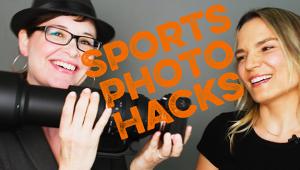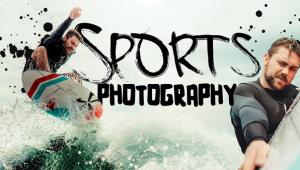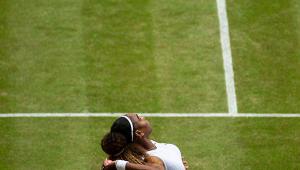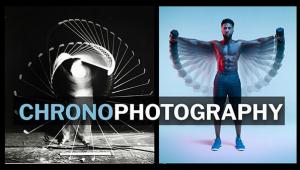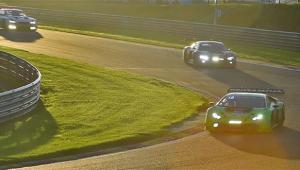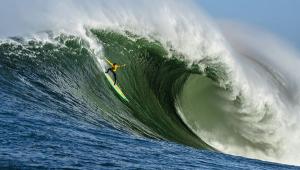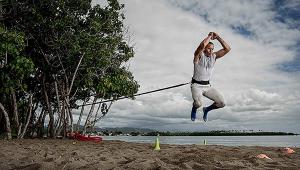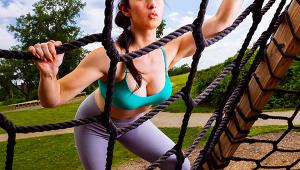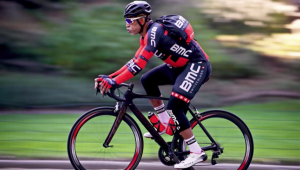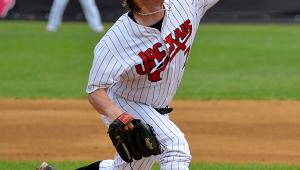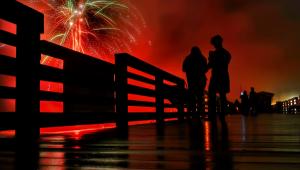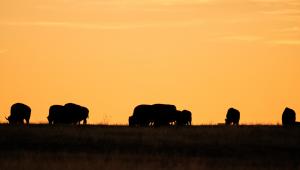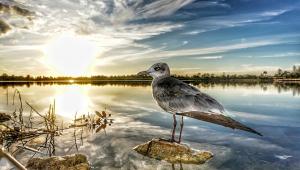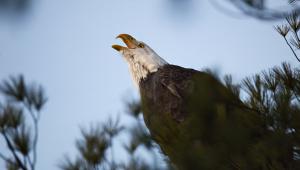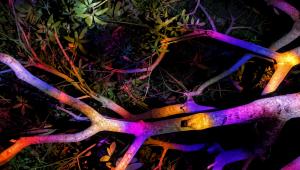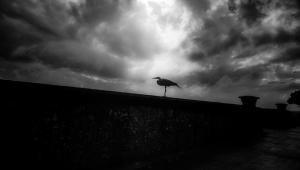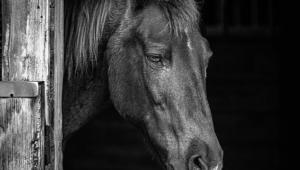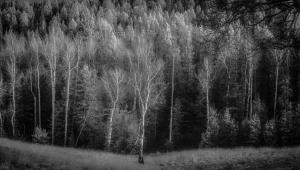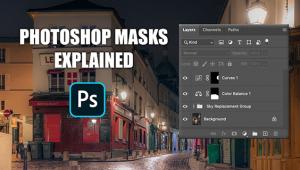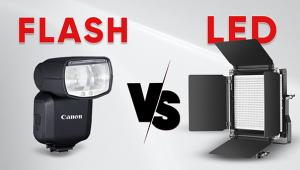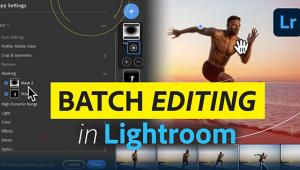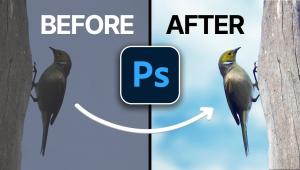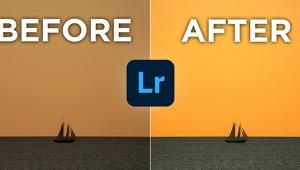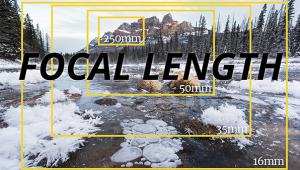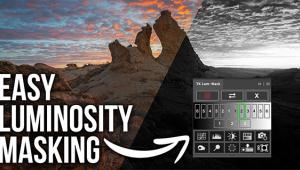How Do You Photograph Michael Phelps? Fire As Fast As You Can Every Time He Comes Up For Air

Most of the photographers were set up at the front of the pool for the 100-meter butterfly final, but Jeff Cable decided to try for a different view of Michael Phelps in that event. You wouldn’t know it from the photo, but he was actually 20 rows up in the seats on the opposite side of the starting block.
Phelps would be in Lane 2, and Cable wanted a head-on position. “The photo spots on the other side had been taken,” he says, “but luckily there were a couple of spectator seats open a row behind the photographers, and one of them was right in front of his lane.”
Sitting in that seat, his camera on a monopod (no tripods are permitted at the Olympics), he got a shot that several people thought was taken from the pool deck. “But Phelps lifts his head high enough that it seems like he’s looking right at me,” Cable explains.
It was a quick race: “They’re in, they’re out,” Cable says. With Phelps coming toward him for one length of the pool, Cable fired at the camera’s full burst rate of 14 frames per second every time Phelps came up to breathe.
“There are times when photographing the Olympics is easier than photographing your kids in the pool,” Cable says. “They’re not symmetrical, they’re not coming out of the water very high, but these guys, they’re the best in the world. They make very good subjects.”
After the medal ceremony, Cable, who was shooting for the United States Olympic Committee, edited a couple of the Phelps photos and posted them to Facebook and Instagram. During his time in Rio, Cable blogged every day “to share with other people what the Olympic experience is like for a photographer.” His blog got a quarter million reads in August.
If Michael Phelps keeps his retirement pledge, you’re looking at an image from his last individual race, for which he took a silver medal in a three-way tie. He left Rio with five gold and one silver.
Tech Talk: Jeff Cable took the photo with a Canon EOS-1D X Mark II and an EF 200-400mm f/4L IS USM lens with Internal 1.4x Extender. The camera settings were 1/3200 second, f/5.6, ISO 3200, aperture priority, and Evaluative metering. He was writing his 14 fps images “to the fastest card I could get—a Lexar 3500x CFast.”
Jeff Cable’s website, jeffcable.com, features galleries of images as well as access to his blog. Check out the Olympics section of the blog for a behind-the-scenes look at a photographer’s life at the games.
- Log in or register to post comments


